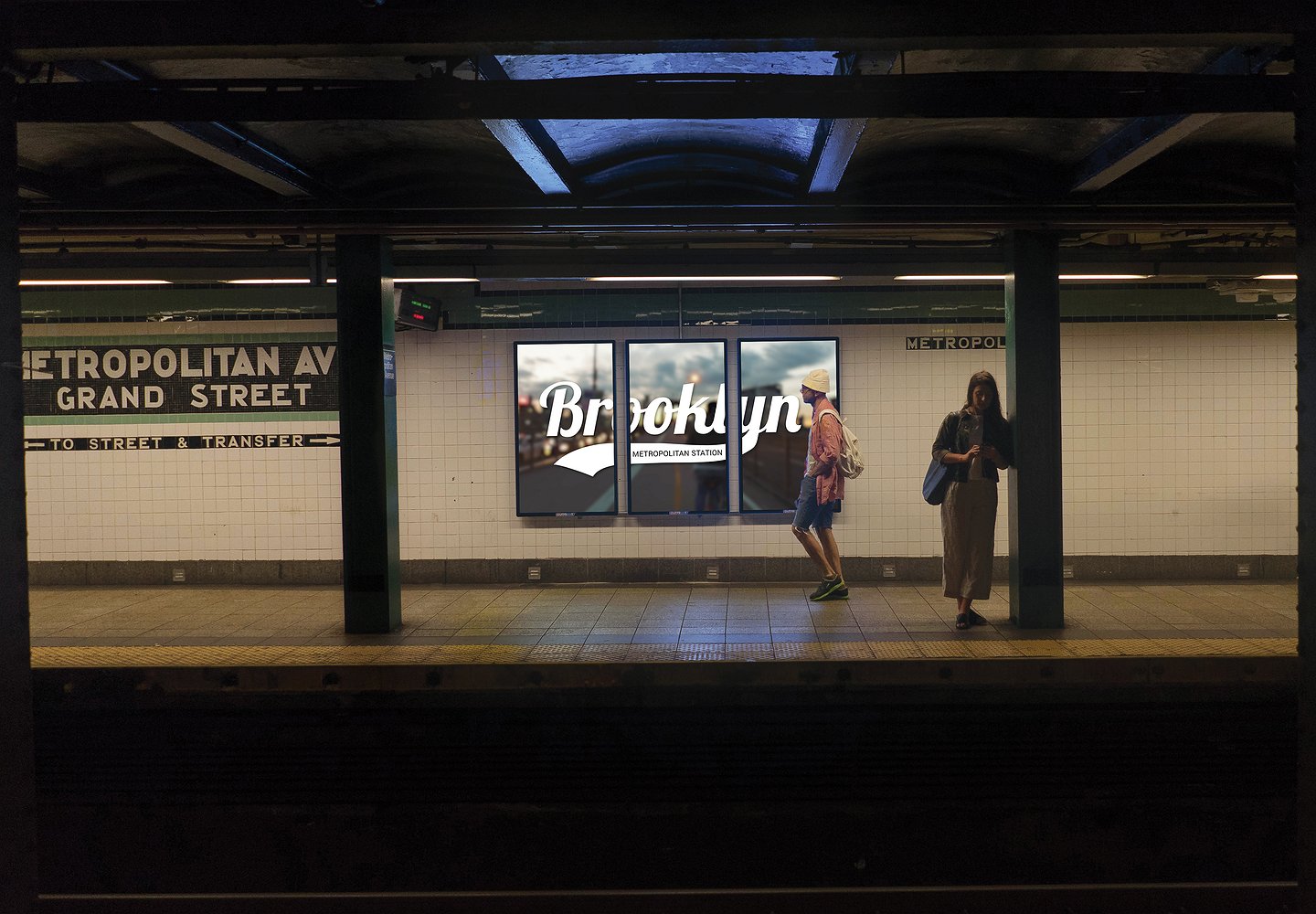While the year of mobile is long gone, the era of 5G and the decade of connectivity are only beginning. Connectivity in marketing is a concept that applies to how your campaigns work with and inform each other across channels, but it also refers to how you connect your brand’s message to your audience.

Increased connectivity will continue to drive marketers and advertisers to rethink holistic campaign planning in the 5G era. Currently, brands are already finding ways to create campaigns that geo-target their audience and enable social media, mobile marketing and Out-of-Home (OOH) to work together to drive demand. For example, with IRL flash sales a consumer may experience “first touch” with an online ad, and as the consumer gets closer to a physical store that same person may then receive a special promotion on Twitter before seeing a billboard with an alert to the proximity of the sale itself.
The omnichannel nature of campaigns means they need a “true north” to retain a brand’s voice and be successful. This is true with the media mix as well. OOH serves as a physical anchor for campaigns, which can help marketers and advertisers best leverage digital transformation.
Living in an Interconnected World
We’ve experienced a marketing and media landscape linking desktop and mobile experiences. However, what happens when you are living in a world less defined by screens than by the connectivity of experiences and a new reality of autonomous cars, connected homes, smart cities and countless other connected devices?
Where 4G sped up our access to data, it never delivered on creating an uninterrupted user experience. With 5G, we’ll move beyond “mobile technology” and into a space where IoT, wearables and AI shape and define our world. Instead of using smartphones as a “hub,” in a 5G world machines will seamlessly speak directly with each other. In fact, many believe that 5G will be the breakout moment for IoT and will change communication beyond marketing. Industries as far ranging as automotive and healthcare will need to completely reimagine the user experience, as AR and real-time transmission will totally change how we once thought of driving or visits to the doctor.
Creating Interconnected Campaigns that Focus on the User Experience
So, what does all of this mean for marketers and advertisers? Marketers will have even more ways of capturing data, more devices to advertise across and more ways of displaying their message.
With more customer touchpoints, it could become even harder for marketers to design cohesive campaigns. Advertisers will be competing in a complex new ecosystem and will need to find innovative ways to market their offerings through virtual assistants, connected devices, telematics displays and more.
How OOH Will Be at the Epicenter of Digital Transformation
A more connected media landscape provides innumerable advantages for marketers, but more connections means more complexity, making it even more important to create campaigns that stand out and resonate with their audiences through engaging content that is scalable and translates across mediums. The size, prominence and relative permanence of OOH gives marketers the opportunity to have a highly visible campaign cornerstone that can connect video, experiential marketing, social media activation and mobile targeting all together.
OOH will serve as both a visual anchor and physical node for connectivity to deliver more engaging content. In environments where full motion video is permitted, marketers and advertisers can use digital OOH to engage and entertain while leveraging the increased connectivity to provide companion experiences, interactivity or paths for action.
We are already seeing examples of how dynamic OOH content is shaping the future … and new concepts are being tested every day. Displays at a particular subway station in proximity to a Broadway theater, for instance, can promote actual last-minute available seats for purchase. A local sports team can advertise on screens in multiple locations, and in near real time display the score, highlights of the game, and the words of influencers in the space. Advertisers can literally tell a story and take their audience for the ride.
Also, a driver could pass a DMV billboard, and depending on the time of day, discover how long wait-times are, take advantage of last-minute cancellations, then login to a DMV app, schedule an appointment in real time and essentially cut the line. Convenience and connectivity are finally one in a 5G world.
The promise of seamless 5G connectivity is to give marketers and advertisers more opportunities to serve and communicate with their audience through a variety of mediums. Whether it’s in IoT or automotive, or through OOH, advertisers who recognize how to inform their creative campaigns will be able to target their customers through even more relevant messaging. With 5G, marketers will finally have access to real-time data and can inform their campaigns, build connections and utilize time and space to capture their customers’ attention and offer them exactly what they want.
Source : www.mediavillage.com





